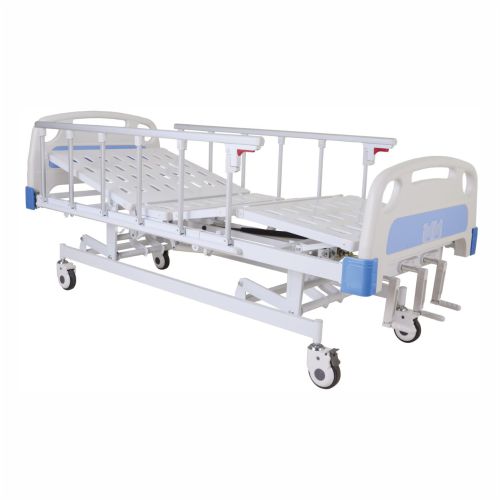The Manufacturing Process Of Hospital Furniture
Nowadays, hospitals are becoming increasingly aware of the materials used in the manufacturing process of hospital furniture. Hospital Furniture may contain chemicals that can harm the health of patients, as they are used in glues, fabrics, foams, and glosses. Some of these chemicals are known to cause endocrine disruption, lower IQ, and even cancer. Hospitals are increasingly making an effort to avoid these chemicals and use organic materials, such as stainless steel.
Stainless steel is an excellent choice for the manufacturing process of hospital furniture
Table of Contents
Stainless steel is a highly durable material. Stainless steel is also able to withstand corrosion. Stainless steel is suitable for use in the manufacturing process of hospital furniture due to its low maintenance and easy disinfection. Modern hospital cleaning protocols are focused on preventing SSIs and HAIs and have specific cleaning protocols. Stainless steel is the most hygienic material for hospital equipment, according to hospital standards. Hospital-grade disinfectants are highly effective and have been proven to be highly effective in disinfecting stainless steel.
Stainless steel is a durable material for hospital furniture. Unlike other materials, it can be easily shaped and has excellent corrosion resistance. Stainless steel does not scratch easily, and requires minimal maintenance. It also resists high temperatures and mechanical stresses. For these reasons, stainless steel is the ideal material for hospital furniture. The benefits of this material are many. There are no downsides to using stainless steel.
Stainless steel is a popular material for hospital beds and wheelchairs. It is durable enough to support structures for decades, but it does not have the high level of conductivity necessary for healthcare. Additionally, steel tubing is nonporous, making it hygienic. Since healthcare facilities are prone to infections, these features are crucial. Stainless steel is also the material of choice for IV stands and can be used to create a hospital furniture line.
Hospital furniture must meet high standards for cleanliness. Small cracks can harbor bacteria, and even the most careful cleaning will not keep furnishings germ-free. Polyurethane and vinyl fabrics are highly durable and easy to clean. It is also moisture-proof and antimicrobial, which makes them a good choice for hospitals. While polyurethane fabrics tend to be less aesthetically pleasing, they are highly durable. The best way to clean them is by rinsing them regularly.
The global hospital furniture market was valued at US$ 9.5 billion in 2019. It is projected to grow at a high CAGR between 2020 and 2030, primarily due to growing incidences of chronic diseases and the rising population of elderly and disabled patients. The market for hospital furniture is dominated by North America, with a large share of domestic players. The rise in healthcare infrastructure in North America has also contributed to the early adoption of newer technologies.
Product designs must be ergonomic
During the design process, product designers consider a variety of factors to create ergonomic hospital furniture. Ergonomic designs not only benefit health care workers but also the manufacturers. These factors can include strain, pain, and repetitive motions. Ergonomic designs improve usability and increase consumer satisfaction. Consumers are more likely to use products that are comfortable and easy to use. To maximize consumer satisfaction, product designs must be ergonomic and support proper lifting and stretching techniques.
Ergonomics are the study of how to improve efficiency and reduce the risk of repetitive injury through proper use of medical equipment. Ergonomic equipment minimizes physical stress on both staff and patients. Ergonomic design is critical in healthcare facilities because it affects many people, including patients and employees. Ergonomic design focuses on comfort, ease of use, and the ability to focus. Ergonomic designs are important for patient safety and the health of staff.
Whether it is a wheelchair or a dental chair, hospital furniture must be ergonomically designed. Ergonomic designs affect blood circulation, comfort, and fatigue. Ergonomic furniture can improve patient comfort and help new parents become better caregivers. These factors also improve stamina and reduce stress, which are all essential for a hospital environment. However, not all hospital furnishings are ergonomically designed. The following are some important considerations when designing hospital furniture.
Read More: How to Choose a Gynecologist Doctor?




